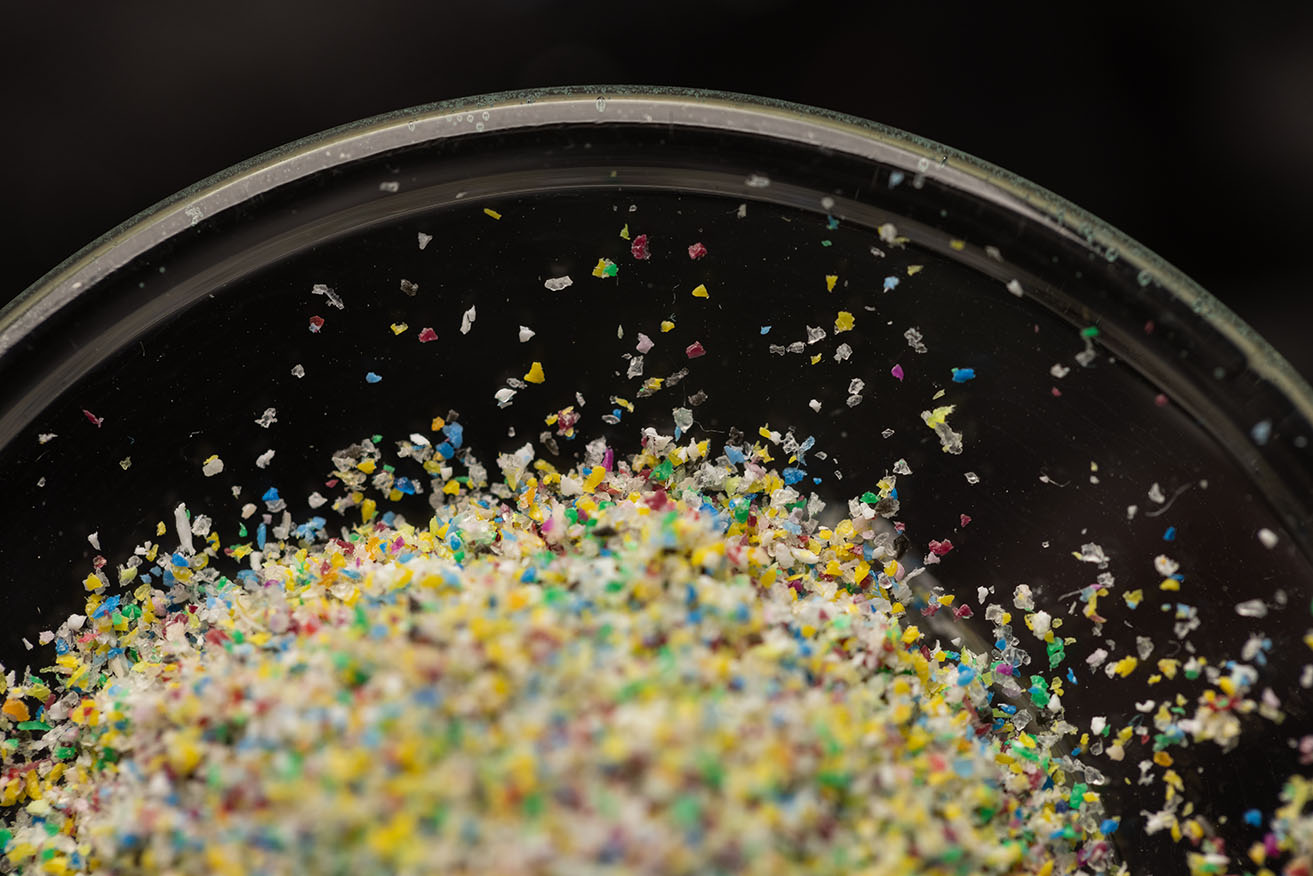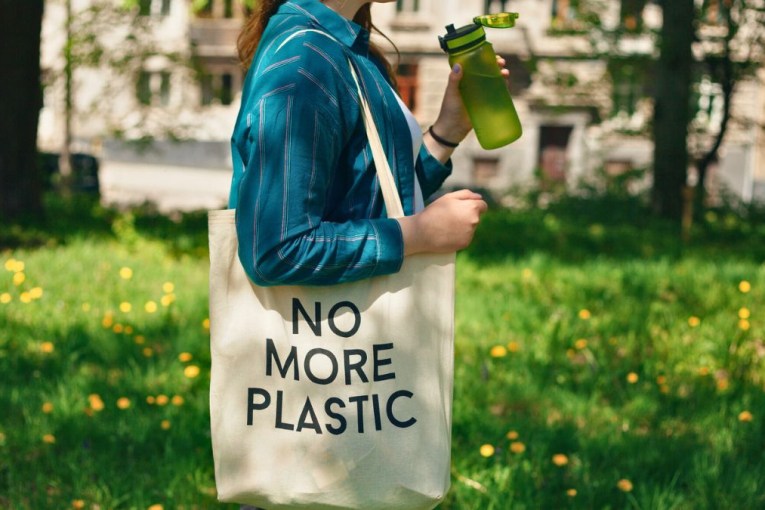Australian farms polluted with microplastics from sewage sludge

Biosolids used as fertiliser were found to contain between 1kg and 17kg of microplastic per tonne. Photo: University of Queensland/AAP
Sewage sludge used to fertilise Australia’s farmlands is loaded with microplastic and is getting into the food chain, researchers warn.
Scientists have taken a forensic look at the sludge left over when wastewater is treated at plants across the nation.
The nutrient-rich waste product is called biosolids and most of the 349,000 tonnes produced each year is spread on agricultural land.
But 146 samples from 13 treatment plants in New South Wales, South Australia and Queensland reveal it contains worrying levels of microplastic – fibres and fragments so small they’re usually invisible to the naked eye.
Results varied from plant to plant, but biosolids were found to contain between 1kg and 17kg of microplastic per tonne.
“We found every kilogram of biosolid contains between 11,000 and 150,000 microplastic particles,” says Griffith University’s Dr Shima Ziajahromi, who led the study.
Fibres from synthetic clothing was the dominant type of microplastic found and abundances were notably higher during cold and wet seasons, likely because people are washing more items such as fleece blankets and clothes.
Ziajahromi warns that without quick action, including mandatory microplastic filters on washing machines, the nation risks entrenching long-term contamination problems in food production hubs.
“Australian regulations control the amount of heavy metals, nutrients, pathogens and some emerging contaminants that are allowed in biosolids,” she said.
“But there’s currently no guideline for microplastics concentrations.”
Ziajahromi says the accumulation of microplastics in soil is problematic on several fronts.
When they’re ingested they harm soil organisms such as earthworms that underpin the food chain.
Microplastic exposure has also been shown to adversely affect soil health and plant growth.
Tiny plastic particle release toxic chemicals as they degrade in the environment.
Ziajahromi wants a national biosolids monitoring program so authorities can better understand the scale of the problem.
But she believes washing machine filters are an urgent, no-brainer, with nations overseas showing they can remove more than 70 per cent of microplastics from wastewater.
The national plastics plan, released under the previous federal government in 2021, loosely details ambitions to work with industry to phase in microfibre filters on all washing machines sold in Australia by 2030.
But Ziajahromi says it shouldn’t be left that long.
“Now is the time. We don’t need to wait until 2030. We need to take action right now.”
AAP has sought comment from the federal environment and agriculture ministers and the Australian & New Zealand Biosolids Partnership, which supports the sustainable reuse of the byproduct.
The study has been published in the peer-reviewed scientific journal Water Research.
-AAP








